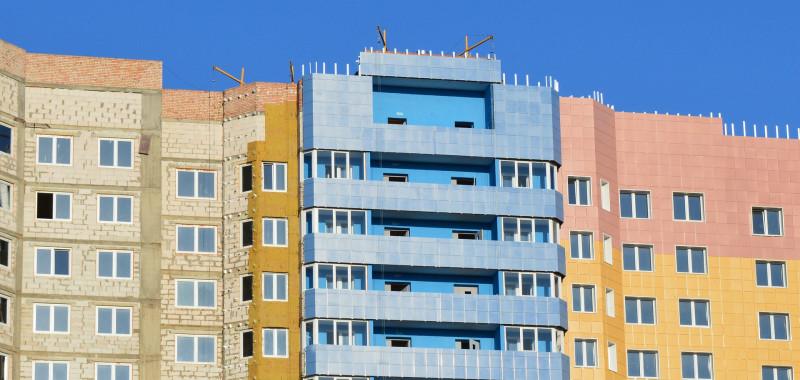
The social housing stock in the SUDOE region (south-western Europe), mostly considered energy-inefficient, faces problems of fuel poverty, lack of global management systems and the difficulty of implementing energy efficiency policies. In the long-term, the housing stock will have to be made up of sustainable or Near Zero Energy Buildings (NZEB). However, the current renovation rates are not sufficient and citizens suffering from fuel poverty are the most vulnerable. It is, therefore, necessary to ensure the cost-effectiveness of the actions and investments to be implemented.
Innovative proposals to improve the energy performance of social housing in South West Europe
The Energy Push BIM methodology is based on 3 main steps that rely on several tools developed by the different project partners:
- The description of the building
- The renovation design phase
- The operational phase
- The RENOIR methodology aims to optimise the renovation design in terms of energy and global cost by taking into account both the specificities of a given building and the owner's preferences. It is based on a BIM geometric model construction, existing building and HVAC systems thermo-physical characteristics recovery, creation of the existing building energy model (BEM), identification of the renovation operation constraints and objectives, designing of the potential renovation actions, mapping of the renovation actions on the BIM model, optimisation procedure (calculation).
- The study has been done on the feasibility of introducing a fuel cell for the production of electricity to be used for heating, cooling and hot water systems.
- TOPSIS, the multi-criteria analysis method, has been implemented to help the building owner select the renovation strategy best suited to the personal objective.
- The RECORES grid provides assistance to the project owner to define a global rehabilitation strategy for a building. It is composed of 206 questions on the quality of use and technical quality of the building. The indicators allow the evaluation of the initial situation and give recommendations for improvement. It is a simple tool for consultation and discussion, highlighting the potential for progress.
- A document will be produced on gathering the important elements to guarantee the performance of the buildings in the operational phase.
- A study is underway to evaluate the possibility of sharing a low-carbon manager between several social housing companies in Nouvelle-Aquitaine Region.
- The project continues for one more year. The current steps include continuing the deployment of pilot actions and disseminating the very convincing results achieved.
Details
- Publication date
- 5 May 2023
